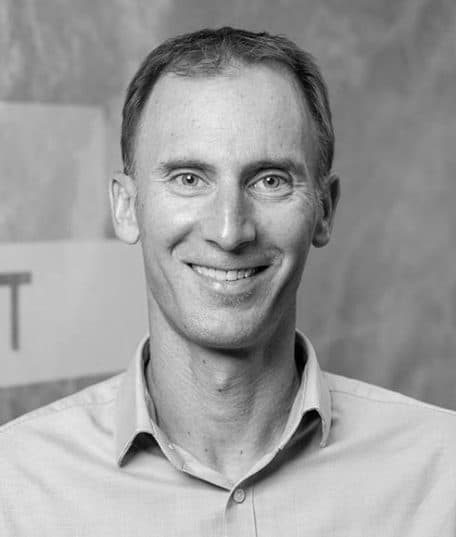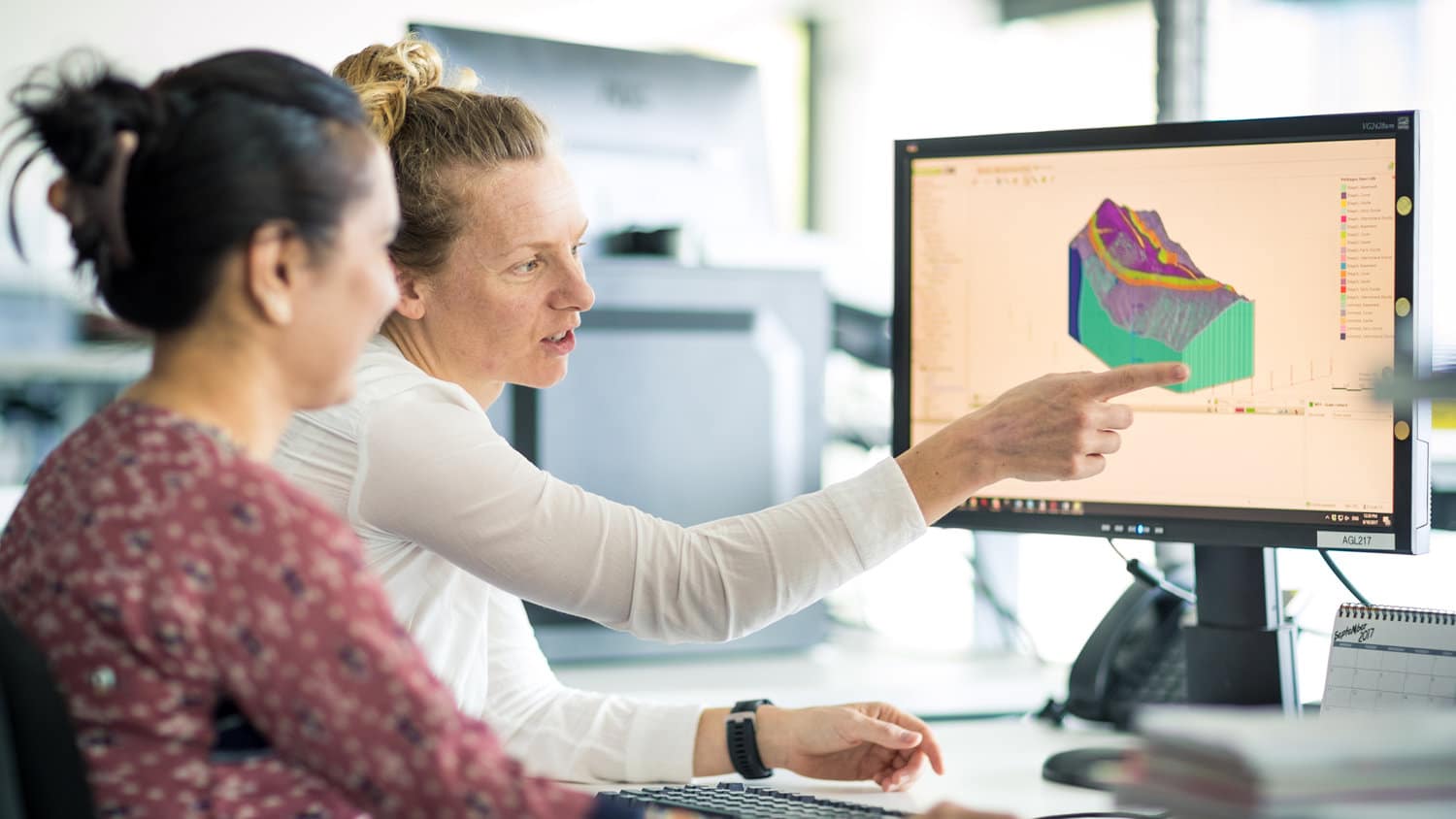Many industries have established a long-standing way of doing things, almost like an industry culture, where paper-based processes dominate how work is done. Employees trained in a particular way then train the next generation in the same way, and that process becomes entrenched.
Today there are some key opportunities to break that cycle and change how work is done.
First, as a global population we are designing and building more complex projects in locations we might not have attempted previously, prompted perhaps by population growth or scarcity of resources.
Second, technological advancements are providing insights and improved decision-making, as well as efficiencies that are simply not achievable with pen and paper. It’s possible to completely reframe how problems are presented to stakeholders – by telling a story as well as providing an answer.
In this way ‘digital’ is sometimes as much about organizational transformation as it is about digital transformation, as it’s the impact it has on the individuals that do the work.
At Seequent we firmly believe we are enabling that change, and we are passionate about the possibilities our products – and digital transformation as a whole – can bring to the industries we work in.
As the ICE report says, Civil Engineering is undoubtedly one of those industries and we see enormous potential there. However, we recognise that not every client is ready to embrace every element of digital transformation all at once… But if we can help them make a step-by-step transition, in the areas and pain points that really count in their business, I believe we can drive a ‘benign disruption’ that everyone will gain from in the long run.
For example…
Improved decision-making. Taking tunnelling as an example, 2D means cross-sections of geology but a 3D model means greater understanding of what occurs between the cross sections – and therefore better decisions, for example, on what equipment to use.
Better collaboration with other employees or stakeholders. For example, being able to have de-centralized team members with specialist functions all working on the same project together, using tools that make sense for their work, but in a federated way. Think of an engineering geologist and civil engineer both doing their work in the Cloud where every update they do automatically updates for the other party too.
Greater auditability. A digital record of who did what means, over the course of time, organizations can look back to examine exactly why a particular decision was made, and learn more from it.
Enhanced business benefits. Improved efficiencies in how work is done. Lower risk as a result of greater understanding, and trust (stakeholders are confident that the organisation has a command of the work at hand) Being able to attract smart, digital-native employees who will identify your organisation as one they want to bring their ideas and innovation to.
When approaching digital transformation, organisations could do a lot worse than asking themselves these classic strategic questions:
- What does the landscape look like in (say) 5 years?
- What problems will we be solving then?
- How different will they be compared to today?
- How does digital transformation get us there?
It may sound like the typical consultant approach, but I think it’s key to understand the incumbent processes and prioritise, then ‘start by starting’ (as the expression goes) to begin the journey.
What digital technologies hold promise for the future?
- BIM (Building Information Modelling) is exciting and has made advances for construction. I’m excited about bringing sub-surface ground engineering to BIM.
- AI/ML (Artificial Intelligence/Machine Learning) are obviously exciting too in data-intense industries where sometimes the data is of varying quality, is disparate or incomplete. That kind of technology has the potential to be game changing.
- Also advances in VR/AR (Virtual Reality/Augmented Reality) have obvious benefits for ground engineering and will transform how people understand geology.

General Manager, Civil and Environmental
Seequent





